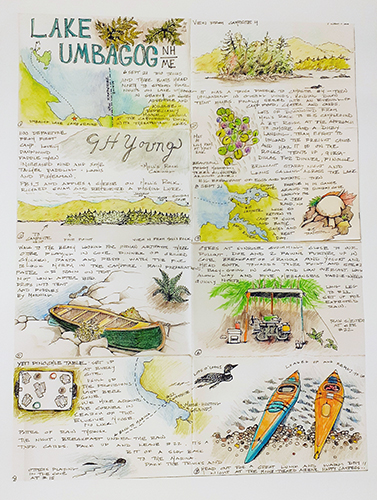Our 19′ wood-and-canvas freight canoe, a derelict whale of a boat I’d restored, is a bit of a pig for long-distance paddling, but Tina and I stay mindful of the weather, eat well, work a little, and take the time to enjoy the beauty and quiet around us. And happily tuckered out after a full day outdoors, we sleep well, too. Early in September of 2021, our longtime friends Richard and Jessica Johnson, with their nimble kayaks, joined us for five days of paddling on Umbagog Lake, which straddles the border between Maine and New Hampshire and is the southernmost lake in Rangeley Lakes chain.We left the low, muddy launch site at the south end of the lake at about 2 p.m. and paddled northwest toward the north end of Big Island and one of the three dozen campsites maintained by Umbagog Lake State Park. Our 19′ canoe has a transom to take an outboard motor, but the gently rockered stern makes it possible to move right along when paddling if we put some muscle into it. There was an easy southwest breeze at the outset, but after the half-mile crossing of Sargent Cove and leaving the lee, whitecaps surged around us. We still had 2 miles to paddle into Thurston Cove, now into a headwind.
Join The Conversation
We welcome your comments about this article. If you’d like to include a photo or a video with your comment, please email the file or link.
Comments (6)
Leave a Reply
Stay On Course

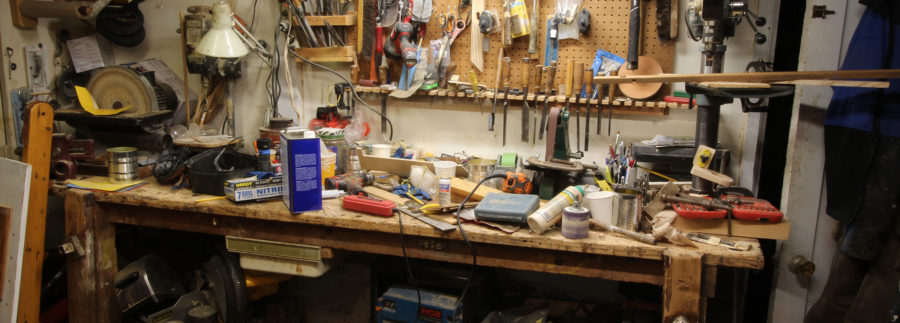
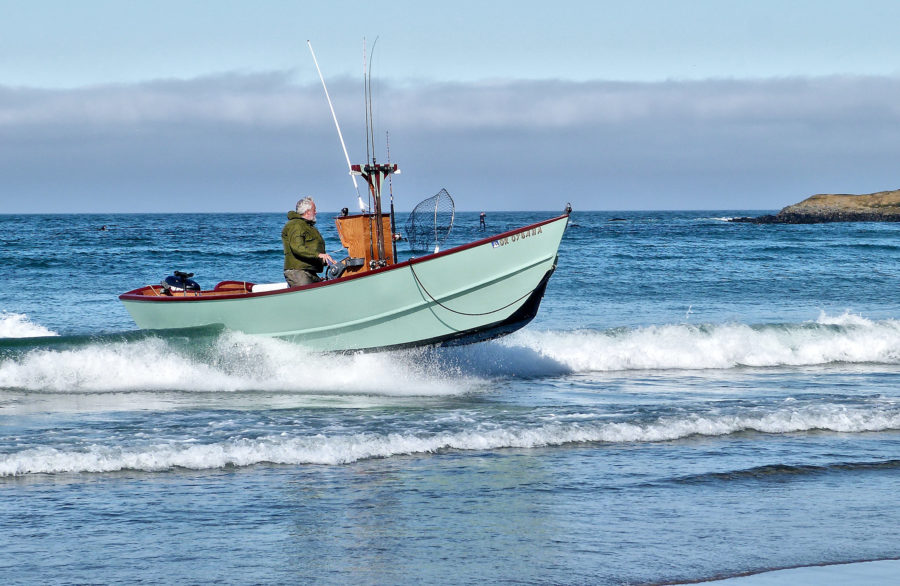

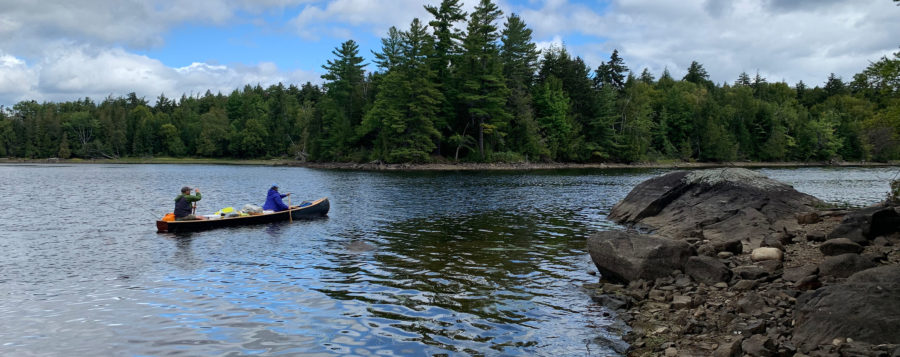
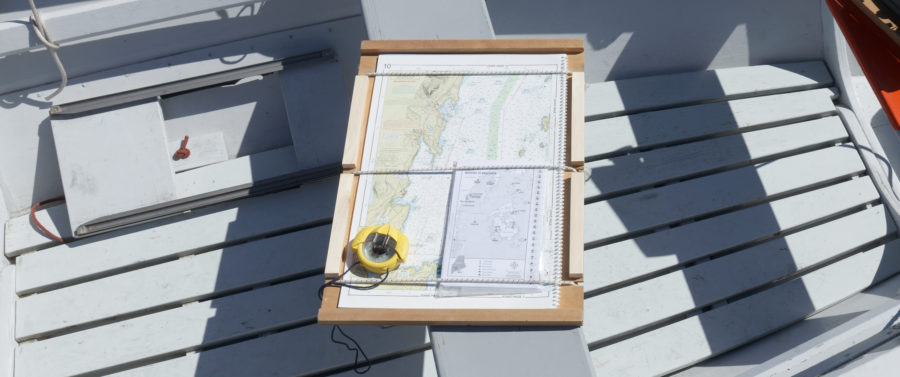
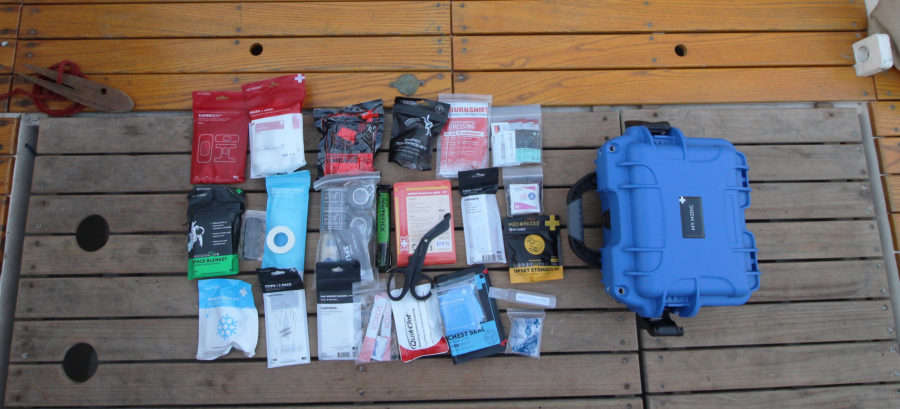
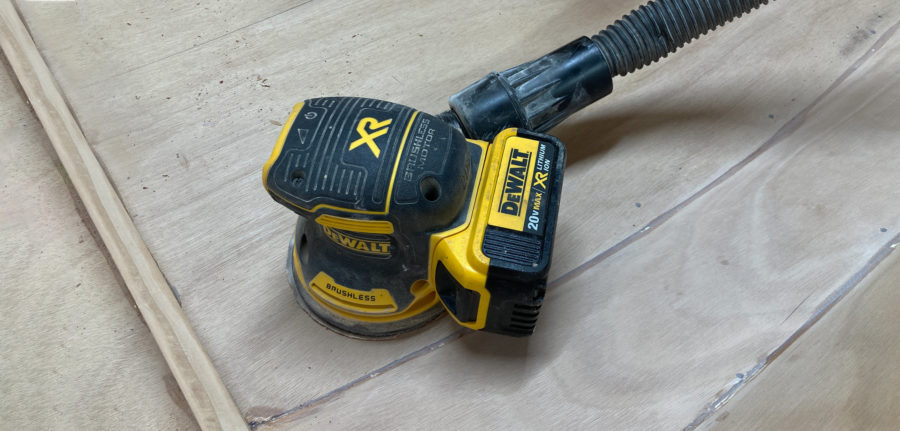
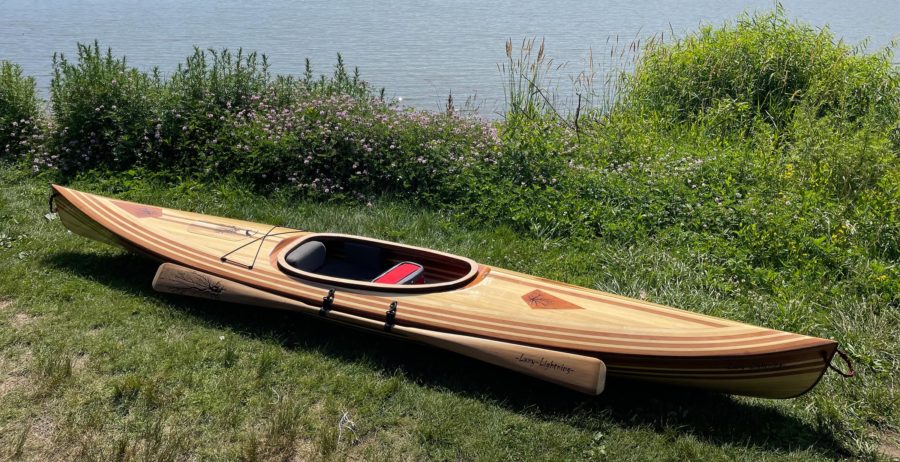
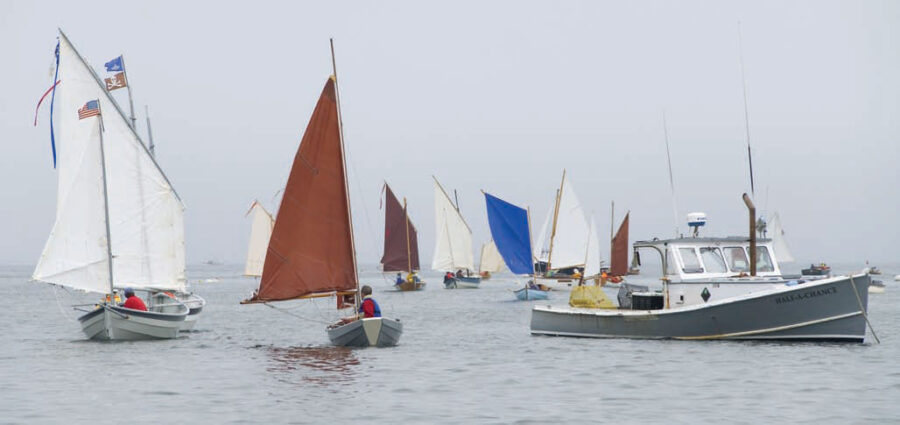
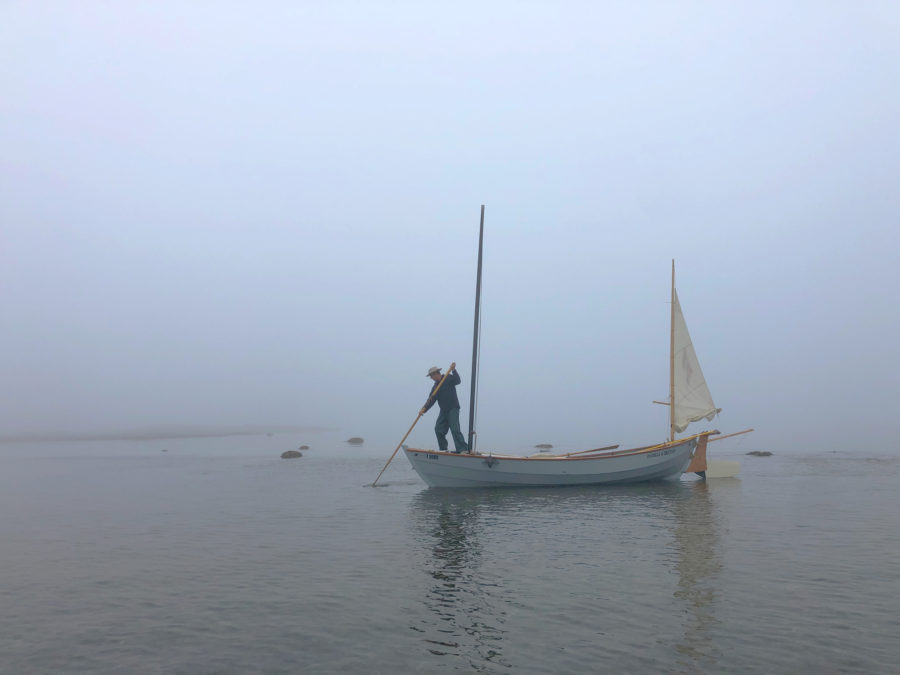
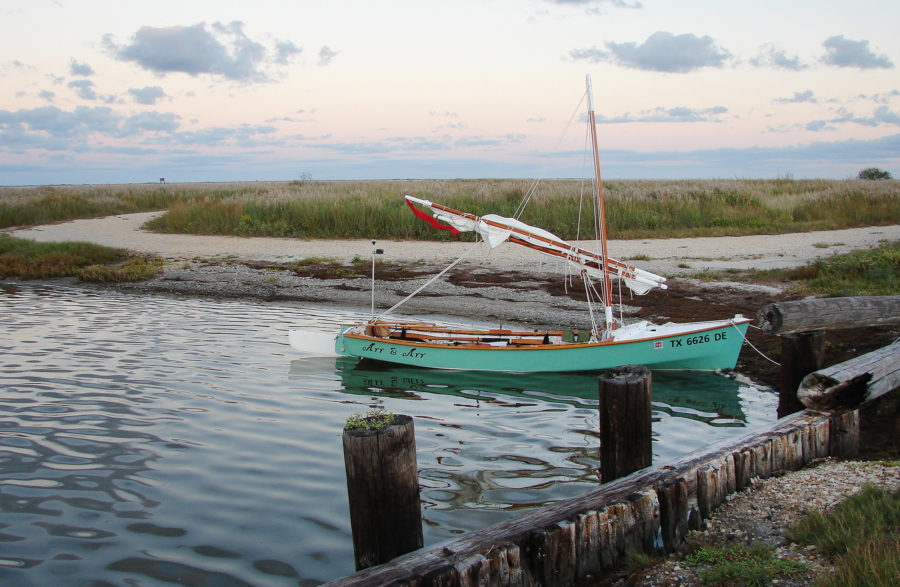
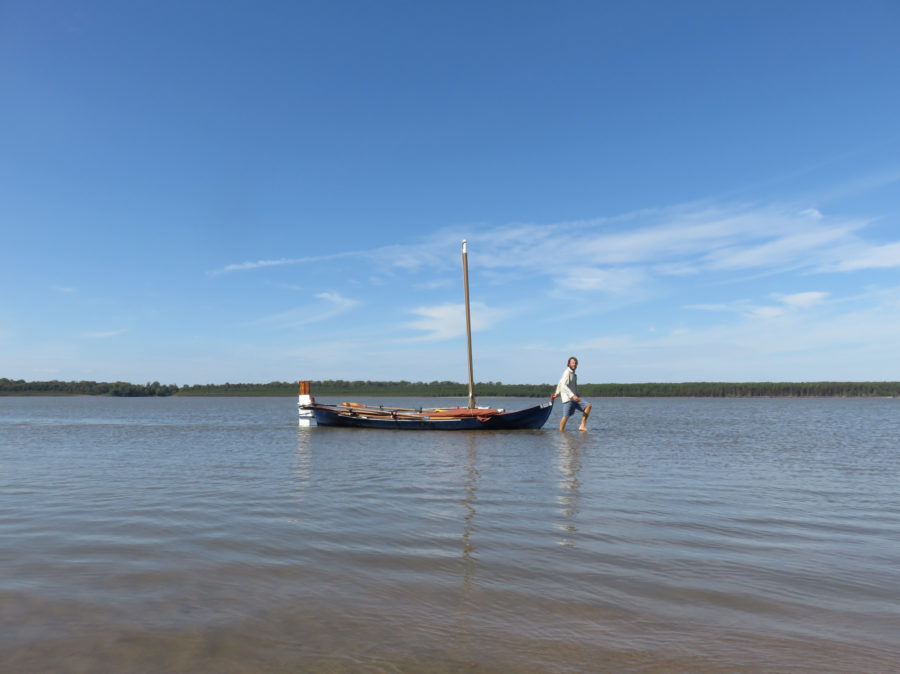
My wife and I did a reverse version of this trip around 35 years ago, from Bugle Cove on Mooselookmeguntic to Middle Dam on lower Richardson, in a Mansfield canoe with an old Johnson 3-horse on a side bracket. A bit crazy, but we were young and (I was) foolish. Those are big lakes, with big wind and waves, but it was a memorable journey. We did get to see Forest Lodge, the inspiration for the whole project.
We’ll make our way back some day to find Forest Lodge. Looking at the Northern Forest Canoe Trail map I see the portage trail along the north side of Rapid River leads you there. And it would certainly be good to start where you did, Greig, and explore more of the Rangeley Lakes region. On our visit to Umbagog, a pleasant park ranger told us he had a boat similar in size to ours that he powered with a 2 1/2-horse motor and he comfortably made his way on all the big lakes of western Maine.
Tom, thanks for a great narrative that satisfies all of one’s senses. Umbagog sounds a lot like Lac St. Francois just to the north in Quebec, with rocky lee shores aplenty. I’ve been tinkering with various methods of anchoring off or being able to pull our craft up on the shingle with airbags. Thoughts?
Thank you, Jim.
Camping on shore, I’ve always felt better having my boat nearby on dry ground. But scrapes and dings are inevitable. I remember patching a crack in a wooden canoe on the Yukon River with chopped dog hair mixed in melted spruce resin.
I don’t have beach rollers, but think they would be a good addition to our freight canoe kit, especially as our dead-lift ability fades with age.
I would recommend Chris Cunningham’s July 2021 article on clothesline anchoring for a possible off shore solution.
Wow – the memories triggered by your rendition of the trip! Raised in the upper Androscoggin valley, years of cruising and camping on Umbagog and the upriver lakes in all their moods have been a wonderful and, yes, a spiritual part of my life. Thanks!
This poster is Jessica’s sketch of our Umbagog trip.
